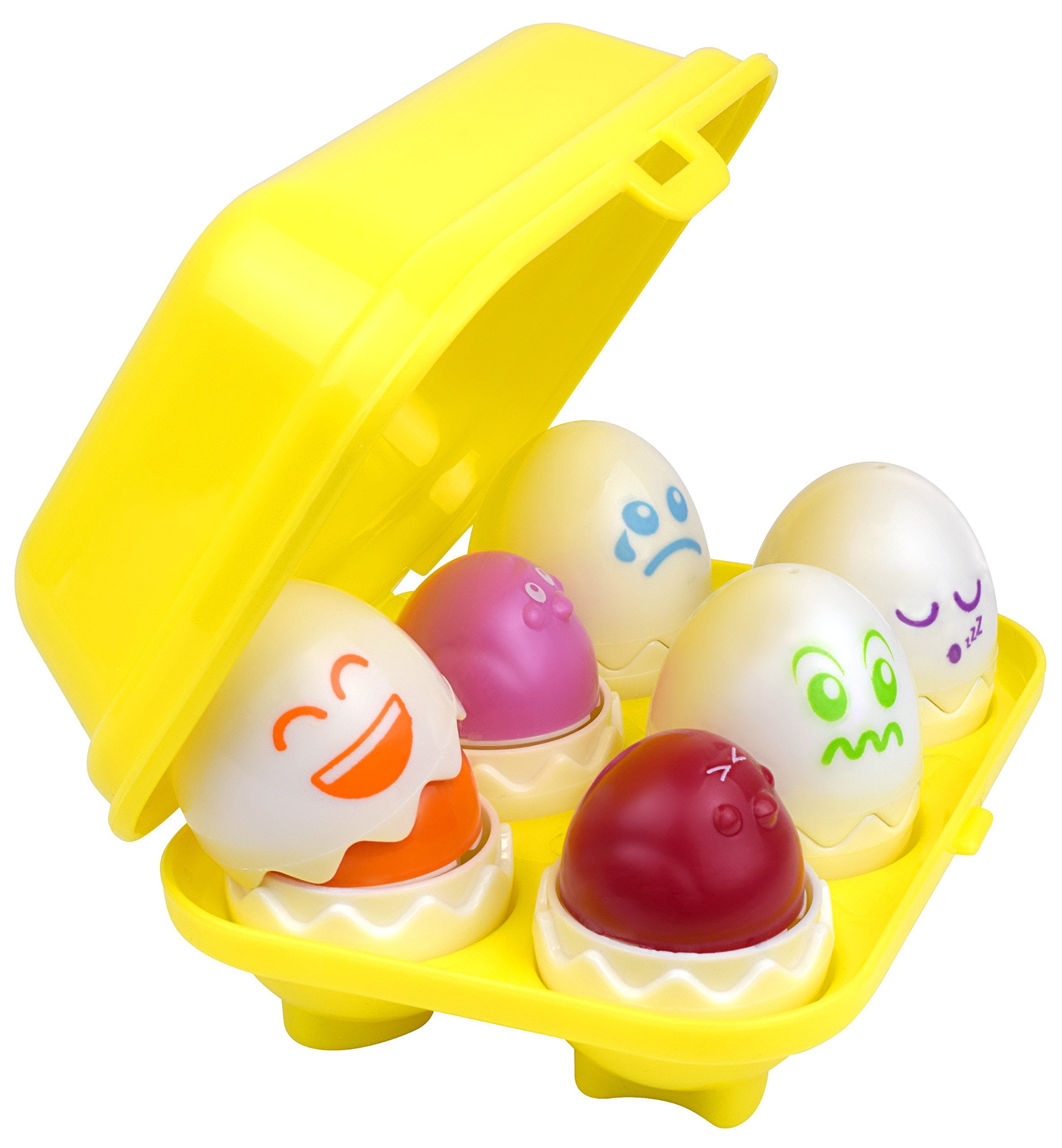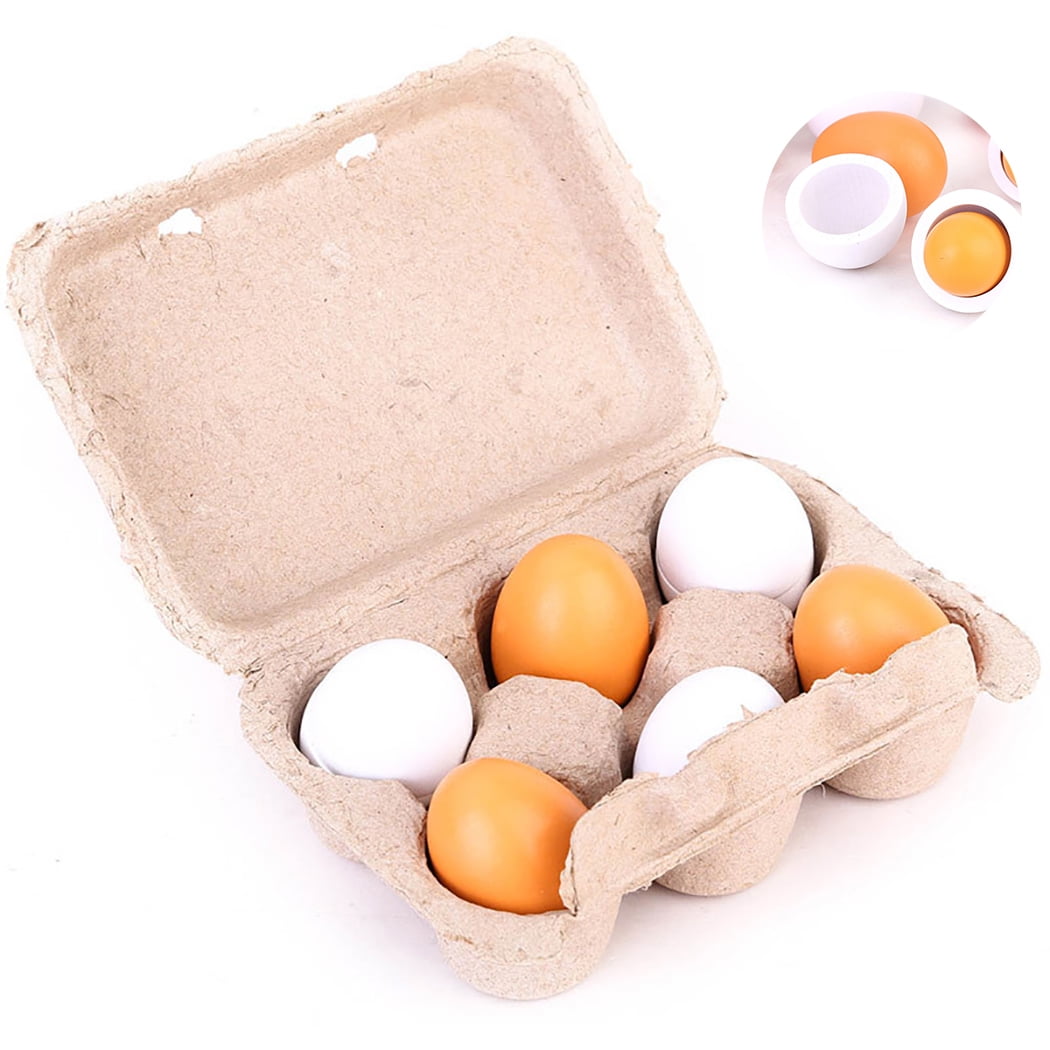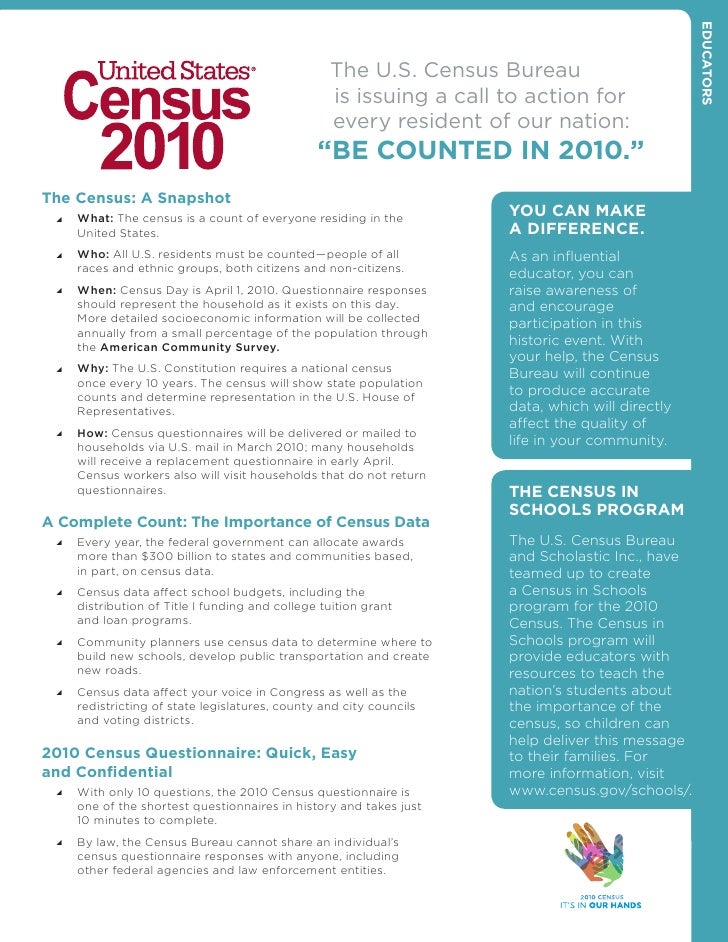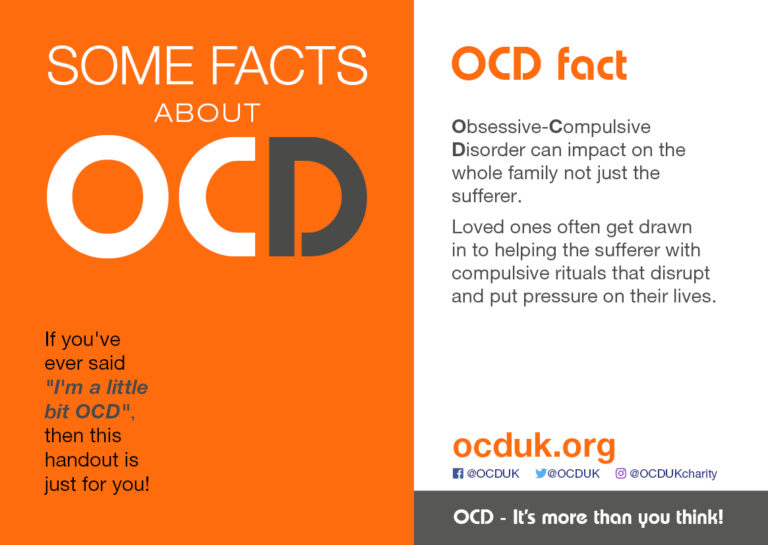Every student's academic performance is evaluated by grading systems, and it is crucial in determining their progress in school. The grading system is a way of measuring a student's knowledge, understanding, and skills on a particular subject. In this article, we will discuss the elementary school grading system in detail.
What is the Elementary School Grading System?
The elementary school grading system is a method of assessing students' performance in primary school. It is a way of measuring a student's knowledge, skills, and understanding of a particular subject. The grading system is designed to provide feedback to students and parents on the student's academic progress.
Types of Grading Systems

There are different types of grading systems used in elementary schools. The most common types are:
- Numeric Grading System
- Letter Grading System
- Pass/Fail Grading System
The Numeric Grading System uses numbers to evaluate a student's performance. The range of numbers used is typically from 0 to 100. The Letter Grading System uses letters to evaluate a student's performance. The range of letters used is typically from A to F. The Pass/Fail Grading System indicates whether a student has passed or failed a course or subject.
How are Grades Calculated?

Grades are calculated based on the performance of the student. The criteria for grading varies from school to school and from subject to subject. However, the most common criteria for grading are:
- Attendance
- Class participation
- Homework
- Quizzes and Tests
- Projects and Assignments
Each of these criteria has a specific weight assigned to it, and the final grade is calculated by adding up the scores obtained in each criterion.
Importance of Grading System in Elementary School

The grading system is essential in elementary school because it:
- Provides feedback to students and parents on the student's academic progress
- Helps teachers identify students who may need additional support or challenge
- Helps students set academic goals and track their progress
- Provides a basis for admission to higher levels of education
Therefore, the grading system plays a crucial role in shaping a student's academic career.
Challenges of Grading System in Elementary School
Despite its importance, the grading system in elementary school faces some challenges. Some of these challenges include:
- Standardization: There is no standard grading system, and each school has its grading system, which can make it difficult to compare students' performance across schools.
- Subjectivity: Grading can be subjective, and different teachers may grade a student's work differently.
- Pressure: The grading system can put undue pressure on students, leading to stress and anxiety.
Conclusion
The elementary school grading system is a vital tool in assessing a student's academic performance. It provides feedback to students and parents on their academic progress, helps teachers identify students who may need additional support or challenge, and provides a basis for admission to higher levels of education. However, the grading system faces some challenges, such as standardization, subjectivity, and pressure. Despite these challenges, the grading system remains an essential part of the education system.
Related video of Elementary School Grading System
Electricity is a fascinating topic that has intrigued humans for centuries. It is a form of energy that powers our modern world, from the lights in our homes to the machines that we use every day. But what exactly is electricity, and how does it work?
What is Electric Charge?

Electric charge is a fundamental property of matter that describes the amount of electrical energy that an object possesses. It is measured in units of coulombs (C), and can be either positive or negative. Objects with the same charge will repel each other, while objects with opposite charges will attract each other.
Electrons are negatively charged particles that orbit the nucleus of an atom. When an object gains or loses electrons, it becomes charged. If it gains electrons, it becomes negatively charged; if it loses electrons, it becomes positively charged.
Types of Electric Charge

There are two main types of electric charge: positive and negative. Objects that have an excess of electrons have a negative charge, while objects that are missing electrons have a positive charge.
Electricity is created when these charges are able to move through a conductor. A conductor is a material that allows electric charges to flow through it easily, such as copper or aluminum.
Static Electricity

Static electricity is a type of electric charge that is created when two objects rub against each other, causing electrons to transfer from one object to the other. This creates a buildup of electric charge on the surface of the objects, which can cause them to attract or repel each other.
Have you ever experienced a shock when you touch a doorknob after walking across a carpeted floor? This is an example of static electricity in action.
Electric Circuits

An electric circuit is a path that allows electric charges to flow through it. It consists of a source of electrical energy, such as a battery or generator, and a conductor that allows the charges to flow. The charges flow from the source through the conductor and back to the source, creating an electrical current.
Electric circuits are used to power all sorts of devices, from simple light bulbs to complex computers.
Conclusion
Electric charge is a fundamental concept in the study of electricity. It describes the amount of electrical energy that an object possesses, and can be positive or negative. Understanding electric charge is essential for understanding how electricity works, from static electricity to electric circuits.
Related video of Electric Charge Definition For Kids
Introduction
Online learning has become a popular trend, especially with the ongoing COVID-19 pandemic. Many people are now looking for ways to learn new skills, advance their careers, or simply expand their knowledge. And the good news is that there are now many online platforms that offer free courses and classes. One such platform is Eight Days A Week Online Free.

What is Eight Days A Week Online Free?
Eight Days A Week Online Free is an online learning platform that offers free courses, classes, and tutorials. The platform was created to provide a convenient and accessible way for people to learn new skills and knowledge from the comfort of their homes. The platform offers a wide range of courses, from business and technology to arts and humanities.

How does it work?
To access the courses on Eight Days A Week Online Free, all you need is an internet connection and a device such as a laptop or smartphone. You can browse the courses on the platform and choose the ones that interest you. Once you have selected a course, you can start learning at your own pace.

Why choose Eight Days A Week Online Free?
There are many reasons why you should consider using Eight Days A Week Online Free. Firstly, the platform offers a wide range of courses, so you are sure to find something that interests you. Secondly, the courses are free, which means that you can learn without having to spend any money. Thirdly, the platform is accessible from anywhere and at any time, so you can learn at your own pace and convenience.

What courses are available?
Eight Days A Week Online Free offers a wide range of courses, from business and technology to arts and humanities. Some of the popular courses include:
- Introduction to Python Programming
- Marketing Fundamentals
- Graphic Design Basics
- Introduction to Psychology
- Financial Accounting
- English for Business and Entrepreneurship
These are just a few examples of the courses available on Eight Days A Week Online Free. There are many more courses to choose from, and new courses are added regularly.

Benefits of online learning
Online learning offers many benefits, especially in the current situation where many people are confined to their homes. Here are some of the benefits of online learning:
- Flexibility - you can learn at your own pace and convenience
- Accessibility - you can access courses from anywhere and at any time
- Cost-effective - many online courses are free or cost less than traditional courses
- Wide range of courses - you can choose from a wide range of courses and subjects
- Interactive - many online courses offer interactive learning experiences

Conclusion
Eight Days A Week Online Free is a great platform for anyone who wants to learn new skills, advance their career, or simply expand their knowledge. The platform offers a wide range of free courses, and it is accessible from anywhere and at any time. Online learning has many benefits, and it is a great way to stay productive and learn new things during these challenging times.
Related video of Eight Days A Week Online Free

Have you ever heard of eggs with toys in it? These are not your ordinary eggs that you can buy at the grocery store. They are usually sold during Easter season and are popular among children. These eggs are made of plastic and come in different colors and sizes.
What are Eggs with Toys In It?

Eggs with toys in it are usually plastic eggs that have a small toy inside. These toys can be anything from small figures, stickers, and even candy. They are often sold during the Easter season and are used for Easter egg hunts.
These eggs are popular among children because they are colorful and fun to open. The surprise of finding a toy inside is also exciting for children. Adults also enjoy these eggs because they can be used for different events like parties, weddings, and baby showers.
How to Make Eggs with Toys In It

While you can buy eggs with toys in it, you can also make your own. All you need are plastic eggs, small toys, and some creativity. Here are the steps:
- Choose the plastic eggs you want to use. They come in different sizes and colors.
- Select the small toys you want to put inside the eggs. Make sure they fit inside the egg.
- Place the toy inside the egg. You can also add small candies or stickers.
- Carefully close the egg and make sure it is tightly sealed.
- You can also decorate the egg with stickers, paint, or glitter.
Where to Buy Eggs with Toys In It

If you don't have the time to make your own eggs with toys in it, you can always buy them. These eggs are available in many stores during the Easter season. You can find them at Walmart, Target, and even online stores like Amazon.
Prices may vary depending on the size and quantity of the eggs. Some stores also offer pre-filled eggs with toys and candies inside.
The Benefits of Eggs with Toys In It

Eggs with toys in it have many benefits. For one, they provide entertainment for children. They also promote creativity as children can decorate their own eggs. These eggs can also be used for different events like parties and baby showers.
Another benefit is that they can be used for educational purposes. Teachers can use these eggs to teach counting, colors, and even shapes. These eggs can also be used for sensory play and fine motor skills.
Conclusion
Eggs with toys in it are a fun and exciting way to celebrate Easter. Whether you buy them or make them yourself, these eggs provide entertainment and creativity for children and adults alike. They can also be used for different events and educational purposes. So why not try making some eggs with toys in it for your next Easter celebration?
Related video of Eggs with Toys In It
Do you know that learning something new every day can improve your cognitive abilities? This is why educational facts of the day are essential for everyone. These facts can help you expand your knowledge, improve your skills, and broaden your understanding of the world. In this article, we will share some exciting educational facts of the day that will make you smarter and more informed.
The Human Brain

The human brain is the most complex organ in the body. It weighs around 3 pounds and contains more than 100 billion neurons. The brain is responsible for controlling all bodily functions, including breathing, digestion, and movement. It also enables us to think, reason, and feel emotions.
The Solar System

The solar system consists of eight planets, including Earth. The sun is at the center of the solar system, and all the planets orbit around it. The four inner planets are called terrestrial planets, while the four outer planets are known as gas giants.
The Water Cycle

The water cycle is the process by which water moves from the Earth's surface into the atmosphere and back again. It involves evaporation, condensation, precipitation, and transpiration. The water cycle is essential for maintaining the Earth's ecosystems and providing freshwater to living organisms.
The Periodic Table

The periodic table is a tabular arrangement of the chemical elements. It is organized based on their atomic number, electron configuration, and chemical properties. The periodic table is used by scientists and students to study and understand the properties of different elements and their interactions with each other.
The Human Body

The human body is made up of various systems, including the respiratory system, circulatory system, nervous system, and digestive system. Each system has a specific function and works together to maintain the body's overall health and well-being.
The Internet

The internet is a global network of computers that allows people to access and share information. It has revolutionized the way we communicate, work, and learn. The internet is also home to social media platforms, online marketplaces, and e-commerce sites.
The Human Heart

The human heart is the organ responsible for pumping blood throughout the body. It is located in the chest and beats around 100,000 times a day. The heart is essential for maintaining the body's oxygen and nutrient supply and removing waste products.
The Environment

The environment refers to the natural world around us, including the air, water, soil, and living organisms. It plays a vital role in sustaining life on Earth and providing us with resources such as food, water, and energy. It is essential to protect and conserve the environment for future generations.
The Human Eye

The human eye is the organ responsible for vision. It is made up of various parts, including the cornea, iris, lens, and retina. The human eye is an intricate and fascinating organ that allows us to see the world around us in vivid detail.
The Universe

The universe is vast and mysterious, containing billions of galaxies, stars, and planets. It is estimated to be around 13.8 billion years old and expanding at an accelerated rate. Scientists continue to study and explore the universe to unlock its secrets and mysteries.
The Food Chain

The food chain is a series of organisms that depend on each other for food. It starts with producers, such as plants, and ends with apex predators, such as lions. The food chain is essential for maintaining the balance of ecosystems and providing energy to living organisms.
The Human Ear

The human ear is the organ responsible for hearing and balance. It is made up of three parts, including the outer, middle, and inner ear. The human ear is a remarkable organ that allows us to hear sounds and maintain our balance.
The Respiratory System

The respiratory system is responsible for breathing and exchanging gases between the body and the environment. It consists of organs such as the lungs, trachea, and bronchi. The respiratory system is essential for maintaining the body's oxygen supply and removing carbon dioxide.
The Human Skeleton
The human skeleton is the framework of bones that supports the body and protects internal organs. It is made up of 206 bones, including the skull, rib cage, and spine. The human skeleton is essential for maintaining the body's posture and allowing movement.
The Earth's Atmosphere

The Earth's atmosphere is the layer of gases that surrounds the planet. It is essential for maintaining the Earth's temperature and protecting us from harmful radiation. The Earth's atmosphere is made up of several layers, including the troposphere, stratosphere, and mesosphere.
The Immune System

The immune system is responsible for protecting the body against diseases and infections. It consists of organs such as the spleen, thymus, and lymph nodes, as well as white blood cells. The immune system is essential for maintaining the body's health and well-being.
The Human Skin

The human skin is the largest organ in the body. It is made up of several layers and has various functions, including protecting the body from external damage, regulating body temperature, and producing vitamin D. The human skin is essential for maintaining the body's overall health and well-being.
The Endocrine System

The endocrine system is responsible for producing and regulating hormones in the body. It consists of glands such as the thyroid, pituitary, and adrenal glands. The endocrine system is essential for maintaining the body's metabolism, growth, and development.
The Human Teeth

The human teeth are the structures in the mouth responsible for biting, chewing, and grinding food. They are made up of several parts, including the crown, root, and enamel. The human teeth are essential for maintaining the body's nutrition and overall health.
The Nervous System

The nervous system is responsible for transmitting signals between the body and the brain. It consists of the brain, spinal cord, and nerves. The nervous system is essential for controlling bodily functions, including movement, sensation, and perception.
Conclusion
Learning something new every day can be fun and exciting. Educational facts of the day can help you expand your knowledge and improve your cognitive abilities. We hope that these educational facts have been informative and enjoyable.
Related video of Educational Fact Of The Day
When you are sick, your body needs all the help it can get to recover. A common belief is that eating spicy food can help boost your immune system and speed up recovery. But is it true, or just a myth? Let's find out.
What is Spice and How Does it Affect Your Body?

Spice is a general term used to describe foods that contain pungent or hot compounds, such as capsaicin found in chili peppers. When you eat spicy food, your body reacts by increasing blood flow and sweat production to cool down. This can also trigger the release of endorphins, which are natural painkillers that can make you feel good.
Benefits of Eating Spicy Food When Sick

Spicy food has been used for centuries in traditional medicine to treat a variety of ailments, including colds and flu. Some studies suggest that eating spicy food can help with the following:
- Clearing sinuses and reducing congestion
- Boosting metabolism and energy levels
- Reducing inflammation and pain
- Killing bacteria and viruses
However, it's important to note that these benefits are based on limited evidence and may not apply to everyone. More research is needed to confirm these claims.
Possible Risks of Eating Spicy Food When Sick

While eating spicy food may have some benefits, it can also have negative effects on your body when you are sick. Here are some possible risks:
- Aggravating stomach and digestive issues
- Causing heartburn and acid reflux
- Increasing inflammation and irritation
- Dehydrating the body and worsening symptoms
If you have a sensitive stomach or are prone to digestive problems, it's best to avoid spicy food when you are sick. It can also be harmful if you have an ulcer, gastritis, or other stomach-related conditions.
When to Eat Spicy Food When Sick
So, should you eat spicy food when you are sick or not? The answer is, it depends. If you are feeling congested and want to clear your sinuses, eating spicy food may help. However, if you have a fever, diarrhea, or other symptoms that affect your stomach, it's best to avoid spicy food.
It's also important to listen to your body and eat what feels good. If spicy food makes you feel worse, then it's not worth it. Stick to bland, easy-to-digest foods such as soup, crackers, and toast.
Conclusion
Eating spicy food when sick can be beneficial or harmful, depending on your body's reaction and symptoms. While it may help with congestion and boosting your immune system, it can also aggravate stomach issues and dehydration. It's important to listen to your body and eat what feels good, without forcing yourself to eat spicy food if it doesn't help.
Meta Description: Is eating spicy food when sick helpful or harmful? Learn about the benefits and risks of eating spicy food when you are under the weather.
Meta Keywords: eating spicy food when sick, benefits of eating spicy food, risks of eating spicy food, is spicy food good for you when sick, can spicy food help with colds and flu
Related video of Eating Spicy Food When Sick: Does it Help or Harm?

Sushi is a Japanese dish that has become popular all over the world. It is a dish that is usually made with raw fish, rice, and seaweed. However, not everyone likes raw fish, and some people are allergic to it. Here are some easy sushi recipes without raw fish that you can try at home.
Sushi Rolls with Vegetables

One of the easiest sushi recipes without raw fish is sushi rolls with vegetables. You will need sushi rice, nori seaweed, and your favorite vegetables. You can use avocado, cucumber, carrot, and even fruit like mango. Cook the sushi rice and let it cool. Then, place the nori seaweed on a sushi mat, and spread the rice evenly on top of it. Add the vegetables in the center of the rice, and roll the sushi tightly. Slice the sushi roll, and serve it with soy sauce.
California Roll
.jpg)
The California roll is a popular sushi roll that was invented in California. It is made with crab meat, avocado, and cucumber. You will need sushi rice, nori seaweed, crab meat, avocado, cucumber, and mayonnaise. Cook the sushi rice and let it cool. Then, place the nori seaweed on a sushi mat, and spread the rice evenly on top of it. Add the crab meat, avocado, cucumber, and mayonnaise in the center of the rice, and roll the sushi tightly. Slice the sushi roll, and serve it with soy sauce.
Teriyaki Chicken Sushi Roll

Teriyaki chicken sushi roll is a delicious sushi roll that is easy to make. You will need sushi rice, nori seaweed, teriyaki chicken, avocado, and cucumber. Cook the sushi rice and let it cool. Then, place the nori seaweed on a sushi mat, and spread the rice evenly on top of it. Add the teriyaki chicken, avocado, and cucumber in the center of the rice, and roll the sushi tightly. Slice the sushi roll, and serve it with soy sauce.
Egg Sushi Roll

Egg sushi roll is a simple sushi roll that is perfect for breakfast. You will need sushi rice, nori seaweed, egg, and cucumber. Cook the sushi rice and let it cool. Then, place the nori seaweed on a sushi mat, and spread the rice evenly on top of it. Add the egg and cucumber in the center of the rice, and roll the sushi tightly. Slice the sushi roll, and serve it with soy sauce.
Vegetarian Sushi Roll
Vegetarian sushi roll is a sushi roll that is perfect for vegetarians. You will need sushi rice, nori seaweed, and your favorite vegetables. You can use avocado, cucumber, carrot, and even fruit like mango. Cook the sushi rice and let it cool. Then, place the nori seaweed on a sushi mat, and spread the rice evenly on top of it. Add the vegetables in the center of the rice, and roll the sushi tightly. Slice the sushi roll, and serve it with soy sauce.
Conclusion
These are just a few easy sushi recipes without raw fish that you can try at home. Sushi is a versatile dish, and you can add your favorite ingredients to make it your own. Whether you are a vegetarian or allergic to raw fish, there is a sushi recipe out there for you. Don't be afraid to experiment and have fun with it.
Related video of Easy Sushi Recipes Without Raw Fish
ads
Search This Blog
Blog Archive
- September 2022 (1)
- August 2022 (28)
- July 2022 (32)
- June 2022 (30)
- May 2022 (30)
- April 2022 (30)
- March 2022 (31)
- February 2022 (28)
- January 2022 (31)
- December 2021 (7)
About Me
